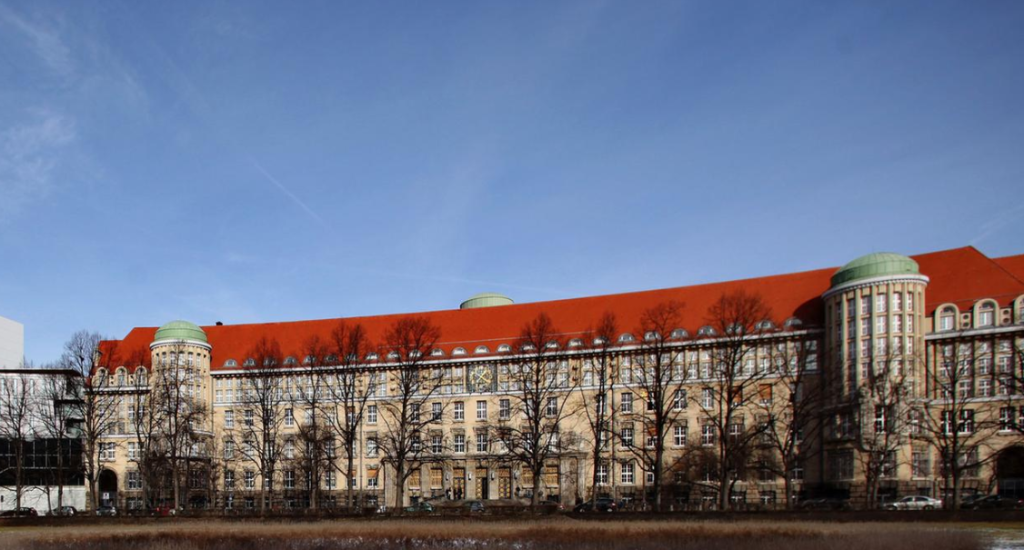The Library of Congress, situated in Washington D.C, is the United States of America National Library. It is one of the largest libraries in the world and serves as a research center for scholars, lawmakers, and the general public. The Library of Congress houses millions of books, recordings, photographs, maps, and manuscripts, making it a crucial resource for anyone looking to delve into the history, culture, and literature of the USA. In this article, we will explore the Library of Congress in detail, providing you with a comprehensive guide to its history, collections, services, and facilities.
History of the United States of America National Library
The Library of Congress was established in 1800 by an act of Congress and has since then played a significant role in the cultural, intellectual, and educational life of the United States. The library’s first collection consisted of 740 books and three maps, which were housed in the Capitol building. The library’s collection expanded rapidly over the years, leading to the construction of a separate building for the library in 1897. The building, named the Thomas Jefferson Building, was designed in the Beaux-Arts style and is now a National Historic Landmark.
Over the years, the Library of Congress has faced several challenges, including fires, wars, and budget constraints. Despite these challenges, the library has continued to expand its collections and services, incorporating new technologies and embracing innovation. The constant attention of the government of USA has played a huge role in the preservation and expansion of the library.
Collections of the United States of America National Library
The Library of Congress is home to over 170 million items, including books, manuscripts, maps, photographs, and recordings. It is among the most extensive libraries in the world and a source of knowledge, pride for the USA owing to its vast collections and a sizeable rare section. The library’s collections are divided into six broad categories, each of which includes several subcategories.
Books and Periodicals
The library’s book collection includes over 39 million books and other printed materials, including newspapers, journals, and periodicals. The collection includes books in over 470 languages, making it one of the most diverse collections not just in the USA but all over the world.
Music and Sound Recordings
The music and sound recordings collection includes over 10 million items, including musical scores, recordings, and sheet music. The collection covers a wide range of genres, including classical, jazz, popular, and folk music.
Maps, Manuscripts, and Prints
The library’s collection of maps, manuscripts, and prints includes over 5.5 million items. The collection includes rare and valuable items, such as the Waldseemüller map, which is the first map to use the name “America.”
Photos, Prints, and Drawings
The library’s collection of photographs, prints, and drawings includes over 16 million items, including portraits, landscapes, and cartoons. The collection includes works by many famous photographers and artists, including Ansel Adams and Norman Rockwell.
Film, TV, and Video
The library’s collection of film, TV, and video includes over 3.5 million items, including motion pictures, television programs, and videos. The collection includes works from a wide range of genres, including documentaries, dramas, and comedies.
Web Archives
The library’s collection of web archives includes over 1.5 billion archived web pages. The collection is an important resource for researchers and historians interested in studying the evolution of the internet and the way people use it.
Services offered by the Library of Congress
The Library of Congress offers a wide range of services to its users, including research and reference services, access to digital collections, copyright services, preservation services, and educational programs and outreach.
Research and Reference Services
The library offers research and reference services to scholars, researchers, and the general public. The library has a team of expert librarians and specialists who can help users navigate the library’s collections and find the information they need.
Access to Digital Collections
The library has digitized many of its collections, making them accessible to users online. The library’s digital collections include millions of items, including books, maps, photographs, and recordings.
Copyright Services
The library’s copyright office provides copyright registration services and maintains a database of copyrighted works. The office also provides guidance on copyright law and policy.
Preservation Services
The library has a team of experts who work to preserve its collections, ensuring that they remain accessible for future generations. The library uses a range of preservation techniques, including digitization, conservation, and restoration.
Educational Programs and Outreach
The library offers a wide range of educational programs and outreach initiatives, including lectures, workshops, and exhibitions. The library also works with schools and universities to provide resources and support for educators and students.
Facilities of the Library of Congress
The Library of Congress has three buildings that house its collections and services: the Thomas Jefferson Building, the John Adams Building, and the James Madison Memorial Building.
Thomas Jefferson Building
The Thomas Jefferson Building is the main building of the library and is located on Capitol Hill. The building is a National Historic Landmark and is known for its stunning Beaux-Arts architecture.
John Adams Building
The John Adams Building is located across the street from the Thomas Jefferson Building and houses the library’s collections and services.
James Madison Memorial Building
The James Madison Memorial Building is also located on Capitol Hill and houses several of the library’s divisions and offices.
Visiting the Library of Congress
Visiting the Library of Congress is a unique and enriching experience. Here is some information that may be helpful if you plan to visit the library:
How to get there
The library is located on Capitol Hill and is easily accessible by public transportation. The nearest metro station is the Capitol South Station, which is served by the blue, orange, and silver lines.
Visiting Hours
The library is open to the public Monday through Saturday from 8:30 am to 4:30 pm. The library is closed on Sundays and federal holidays.
Admission and Fees
Admission to the library is free, but some special events and exhibitions may require tickets or fees.
Tours and Events
The library offers guided tours of its buildings and collections, as well as a range of events and exhibitions throughout the year. Information about tours and events can be found on the library’s website.
FAQs
- Is the Library of Congress open to the public?
Yes, the library is open to the public Monday through Saturday.
- Are there any fees to enter the Library of Congress?
No, admission to the library is free.
- Can I check out books from the Library of Congress?
No, the library’s collections are reference collections and cannot be checked out. However, you can request materials for use in the library’s reading rooms.
- How do I access the library’s digital collections?
The library’s digital collections can be accessed online through its website.
- Can I bring food or drink into the library?
No, food and drink are not allowed in the library’s reading rooms. However, there are cafes and restaurants located nearby where you can grab a bite to eat.
Conclusion
The Library of Congress is an invaluable resource for researchers, scholars, and the general public in the USA. Its vast collections and expert staff make it one of the world’s most important cultural institutions. Whether you’re interested in history, literature, science, or the arts, the Library of Congress has something to offer.
References:
- “Library of Congress – About,” Library of Congress, accessed April 20, 2023, https://www.loc.gov/about/.
- “Collections Overview,” Library of Congress, accessed April 20, 2023, https://www.loc.gov/collections/.
- “Reading Room Rules,” Library of Congress, accessed April 20, 2023, https://www.loc.gov/rr/readingroom/rules/.

